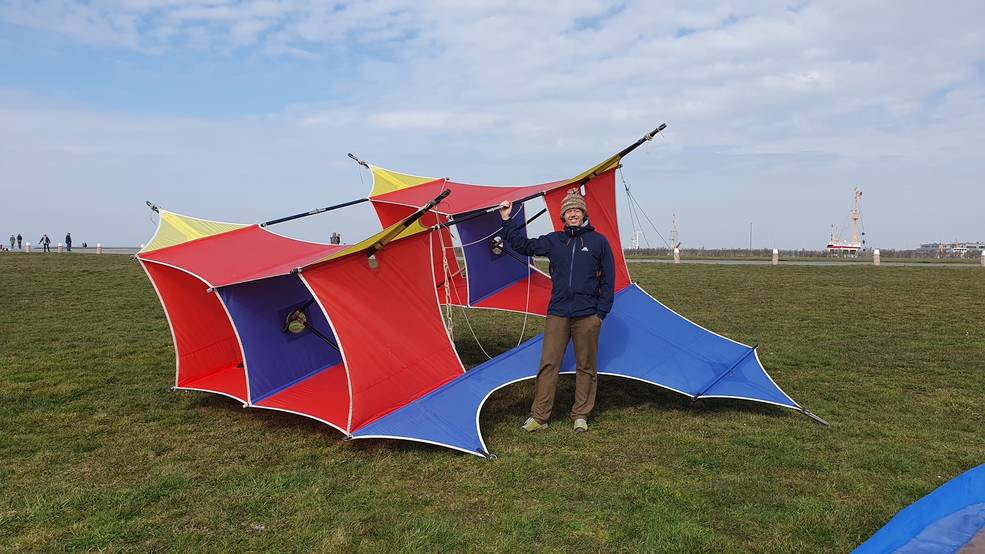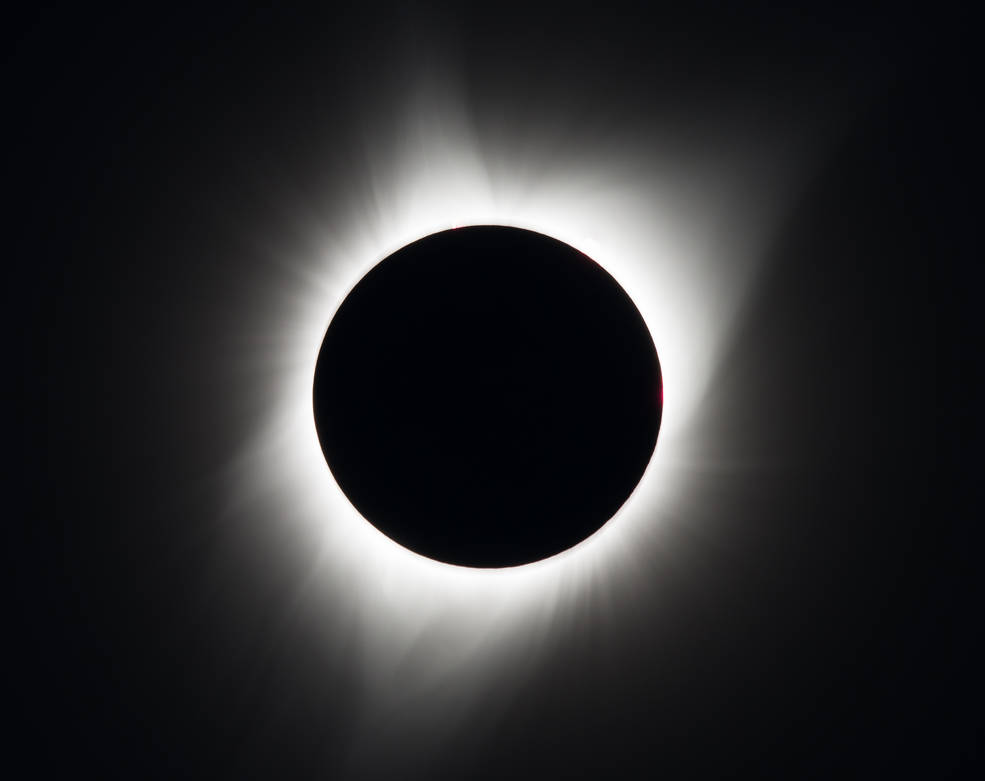Imagine you traveled thousands of miles to see a total solar eclipse, but as the Moon began moving in front of the Sun, the sky grows cloudy, blocking your view of the unique celestial spectacle.
That’s what happened to University of Hawaii astronomer Shadia Habbal – several times.
After traveling all the way to Antarctica on her latest expedition to study the inner part of the Sun’s outer atmosphere – the corona – Habbal was met with clouds once again. “It was a completely grayed-out sky,” Habbal recalled.
Now, as Habbal prepares to observe a total solar eclipse from the western tip of Australia this week, she has a plan to try to combat any clouds that might interfere with her next chance to conduct her investigation.
“Why don’t we fly a kite?” one of Habbal’s collaborators proposed after the thwarted eclipse observation in Antarctica.
So on April 20, a team led by Habbal will use a large kite to loft her scientific instrument about 3,500 feet (or a kilometer) above the Australian landscape.

Funded by NASA, the experiment will fly a spectrometer called ALIMAS (for Advanced Low Intensity Multiplexed Astronomical Spectrometer). Spectrometers can separate light into its component wavelengths, revealing details such as elemental composition, temperature, and motion.
With this information, Habbal hopes to better understand how charged particles – namely, electrons, protons, and other heavier elements – escape the Sun through the corona to form the solar wind, an ever-flowing stream that fills the solar system. Most of the action happens close to the Sun, in the inner part of the corona, which we can view briefly only during total solar eclipses. (Coronagraphs – often used on solar observatories to mimic total eclipses by blocking the Sun with an artificial disk – cover up the innermost part of the corona.)
Habbal is also trying to learn more about the origins of features that emerge in the inner corona, such as towers of plasma called prominences and explosive eruptions called coronal mass ejections, which blast solar material into the solar system.

The kite that will carry the spectrometer is known as a box-type Cody kite, which means it is box-shaped and has wings. The kite’s wingspan is about 21 feet (6.5 meters) across. When it reaches its peak height in the sky, it will appear roughly the same size as a large passenger plane cruising overhead and will not block the view of the eclipse for anyone on the ground. The kite and spectrometer will be launched on a kilometer-long tether attached to a tow bar on a vehicle. In the case that the tether breaks, a parachute attached to the spectrometer will safely deliver the instrument back to the ground.
Even if there are no clouds in the sky during the eclipse, Habbal’s team plans to fly the experiment on the kite as a technology demonstration to find out whether kite-based observations could work for future eclipses. If the experiment is successful, Habbal hopes to fly it again in the United States during the total solar eclipse on April 8, 2024, but even higher (up to 4 kilometers) and for a longer period of time.
“The Australia eclipse is only about one minute, whereas the U.S. eclipse will be longer – over four minutes in many places,” Habbal said.
If successful, it will also be the first time a NASA heliophysics experiment has been flown on a kite.
“We haven’t done that yet – used a kite for heliophysics,” said NASA scientist Madhulika Guhathakurta, who leads the agency’s Heliophysics Innovation in Technology and Science (HITS) program, which provided funding for Habbal’s experiment. “In the future we could be using this platform for many different types of novel investigations.”
“I think this is the beginning of an incredible opportunity,” Habbal added.
To watch this solar eclipse and learn more about the kite experiment, tune in to NASA Science Live at 10:30 p.m. EDT on April 19, which will be livestreaming the eclipse and discussing the kite experiment in Australia.
By Vanessa Thomas
NASA’s Goddard Space Flight Center, Greenbelt, Md.

























